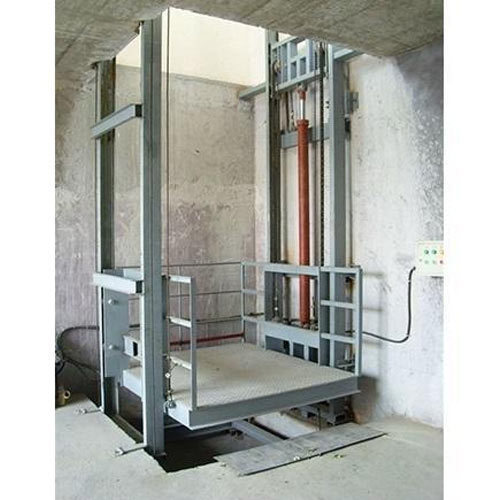
Selecting the right cargo lift for your business is essential to improve efficiency, enhance safety, and streamline operations. With a variety of options available, choosing the ideal Cargo Lift involves carefully evaluating your specific needs and understanding the factors that contribute to optimal performance. Here’s a comprehensive guide to help you make an informed decision.
1. Understand the Purpose of the Cargo Lift
Before you dive into specifics, it’s crucial to define the primary purpose of the cargo lift. Is it intended for transporting goods between floors in a warehouse, a retail facility, or an industrial plant? Understanding the exact use will help narrow down your options and ensure you select a lift designed to handle your requirements effectively.
2. Consider Load Capacity
One of the most important factors to consider when choosing a cargo lift is its load capacity. Each lift is rated for a specific weight range, which indicates the maximum load it can carry safely.
- Light-Duty Cargo Lifts: Suitable for transporting lighter materials such as boxes or small equipment.
- Heavy-Duty Cargo Lifts: Designed for bulk materials and heavier goods, such as pallets and large equipment.
Selecting a lift with the correct load capacity ensures optimal performance and prevents excessive wear and tear on the machinery.
3. Evaluate the Lift’s Speed
The speed of a cargo lift determines how quickly it can move goods from one level to another. High-speed lifts may be beneficial in environments where time is a critical factor, such as busy warehouses. However, for applications where safety and careful handling are a priority, a lower speed might be more suitable. Always balance speed with safety and the nature of the items being transported.
4. Lift Size and Platform Dimensions
The platform size is another crucial consideration, as it needs to be large enough to fit the typical load dimensions. For instance, if you plan to move pallets or oversized items, ensure the cargo lift has ample platform space and height clearance to accommodate these loads comfortably. Consider the layout of your building as well, ensuring the lift dimensions will fit within your designated area.
5. Safety Features
Safety should always be a top priority when selecting any type of lift. Cargo lifts typically come with several built-in safety features to protect both the goods and the operators:
- Emergency Stop Button: Allows operators to stop the lift immediately in case of an emergency.
- Overload Protection: Ensures that the lift doesn’t operate when the load exceeds safe capacity limits.
- Auto-Leveling: Helps the platform stay level even if the building structure is slightly uneven, preventing accidental tipping of goods.
6. Installation Requirements
Consider whether your building can accommodate the installation requirements for the cargo lift. Some lifts require dedicated shafts, while others can be installed with minimal structural adjustments. Knowing the installation needs in advance will save time and ensure the lift can be installed efficiently and in compliance with local building codes.
7. Energy Efficiency
Energy-efficient lifts can significantly reduce operational costs over time. Many modern cargo lifts are designed with energy-saving features that lower electricity consumption. Check if the lift has an eco-mode or power-saving mode, which can be particularly useful in settings where the lift is not in constant use.
8. Maintenance and Durability
To ensure long-term reliability, choose a cargo lift that is known for its durability and ease of maintenance. Opt for models from reputable manufacturers that offer warranties and have a network of technicians or support centers for regular servicing. Durable materials, such as steel frames and heavy-duty motors, will extend the life of the lift and reduce repair needs.
9. Cost and Budget Considerations
Investing in a cargo lift is a significant decision, so it’s essential to set a realistic budget. While initial costs are important, also factor in long-term expenses, such as energy costs, maintenance, and potential repairs. Spending slightly more upfront on a high-quality lift can save money over time by reducing repair and replacement costs.
10. Compliance with Industry Standards
Finally, ensure that the cargo lift meets local and industry standards for safety and performance. Compliant lifts not only provide peace of mind but are also likely to have additional safety certifications, which could be beneficial for insurance purposes. Always check for certifications from recognized organizations to confirm the lift’s safety and quality.
Final Thoughts
Choosing the right Cargo Lift is a multi-step process that involves careful consideration of load capacity, safety, speed, installation needs, and budget. By evaluating these factors, you’ll be well-prepared to select a lift that optimally supports your operations. Remember, a well-chosen cargo lift can be a valuable asset that enhances productivity, reduces manual handling, and ensures the safe movement of goods within your facility.
For more information on reliable and high-quality cargo lifts, visit Jiangnan Hoisting’s Cargo Lift Products and explore the options available to meet your business needs.